Medieval Outlawry and 20th Century Politics
Such plots don't seem that out of keeping with the modern film and TV versions of the Robin Hood legend. But contemporary viewers would have got something more out of those episodes. Stephen Knight says that when Robin returned from abroad and found the country in "poor shape under the greedy Normans" that "A relationship with the postwar British decision to dispense with Churchill and the Tory government seems close." (Mythic Biography, p. 160)
When attempting to recover his lands by legal means, Robin waits in the sheriff's office and endures the insults of his clerk. "You crusaders are all alike. You volunteer to go to the war of your own accord -- nobody makes you go -- and then you expect special consideration because of it." After a showing of this first episode, Robin Hood historian Julian Wasserman drew my attention to that scene. He said that anyone who saw the shabby treatment towards returning World War II veterans would know exactly what that scene was really about.
Ring Lardner Jr., who wrote many episodes of the series, said in his autobiography, I'd Hate Myself in the Morning, "The Adventures of Robin Hood gave us plenty of opportunities for oblique social comment on the issues and institutions of Eisenhower-era America." (Lardner, p. 141)
Contemporary prejudices were often explored. For example, in "Dead or Alive", the first Little John episode, Little John is a serf to a Norman lord. When his master's girlfriend is impressed by John's strength, the master orders John to take off his tunic. "Whatever the mental differences between Norman and Saxon, we are alike physically. Cold weather stock." Then the lord says, "I think I'll select the healthiest lass I can find on the estate and marry him to her. Ought to produce a remarkable litter." Since the 1819 novel Ivanhoe, racialism -- or racism -- has been a consistent theme in the legend. But here, it feels more chilling than the more open Saxon vs. Norman antagonism. The scene shows prejudices and attitudes (on intelligence and selected breeding) all too common at the time -- and not just in Nazi Germany of the previous decade.
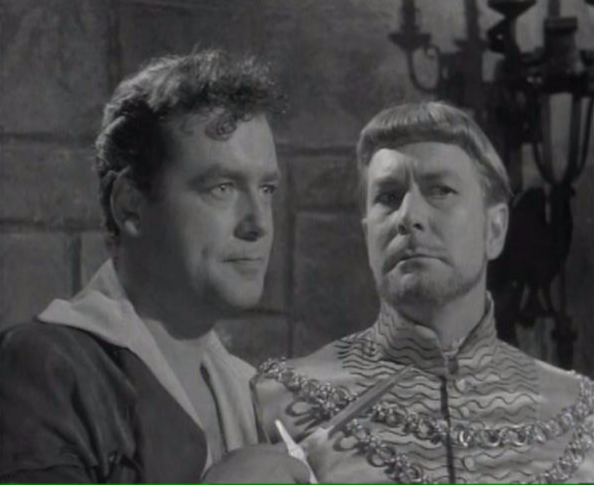
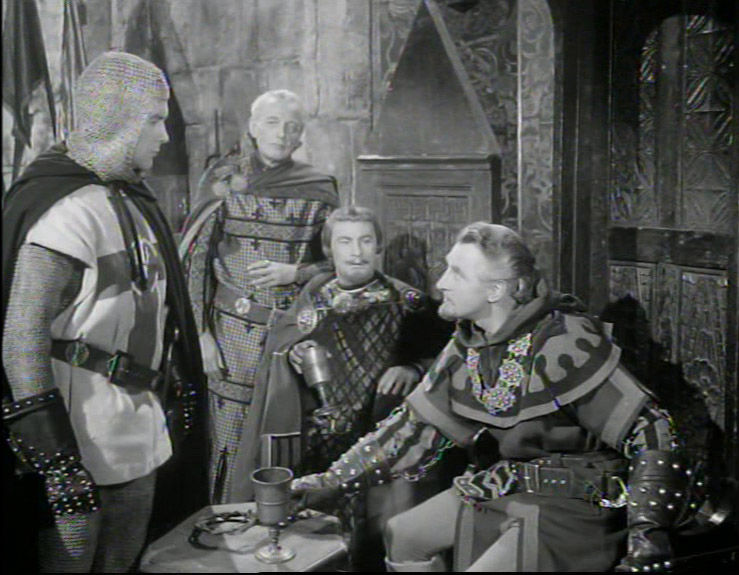
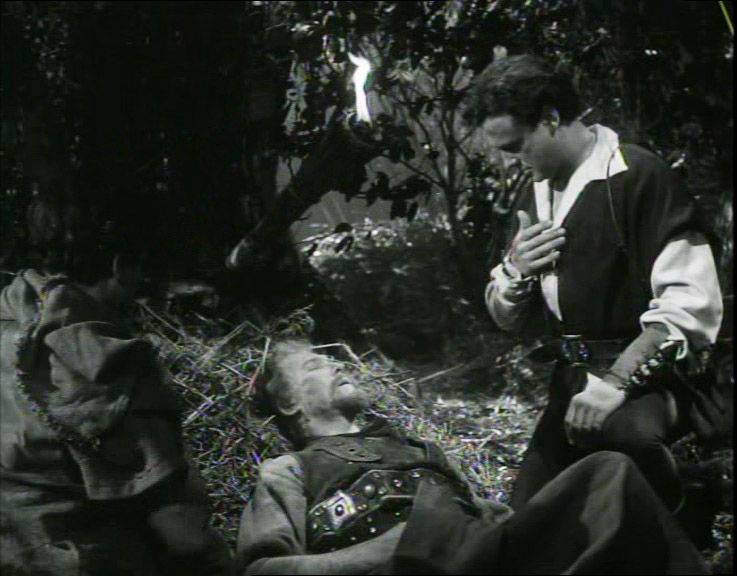
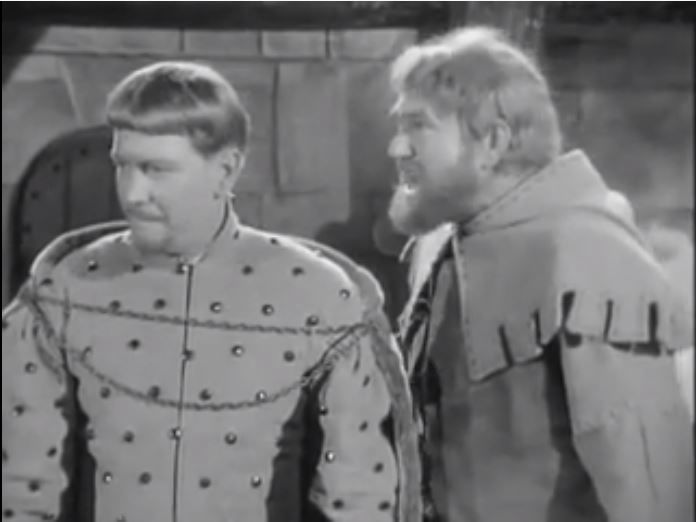
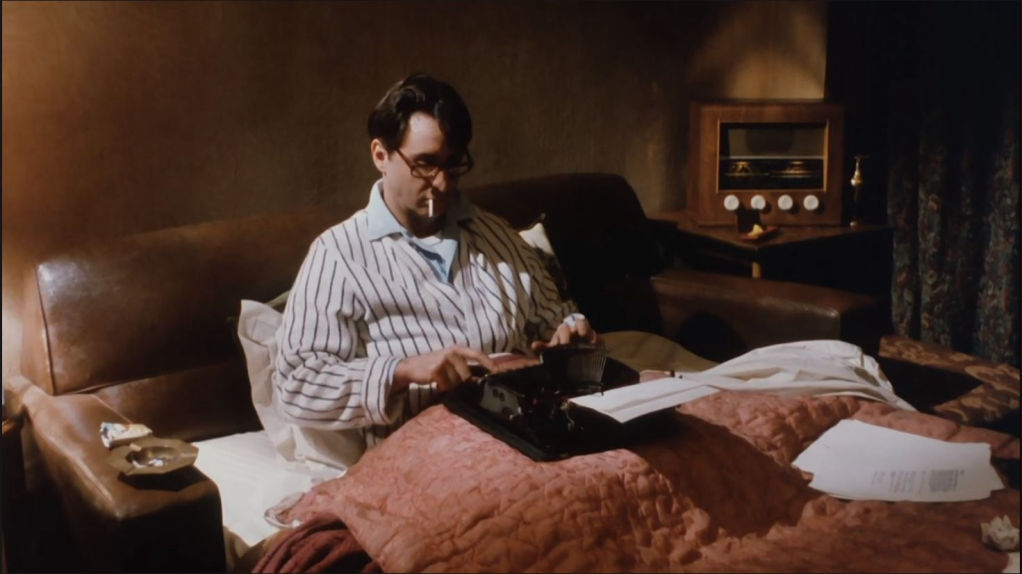
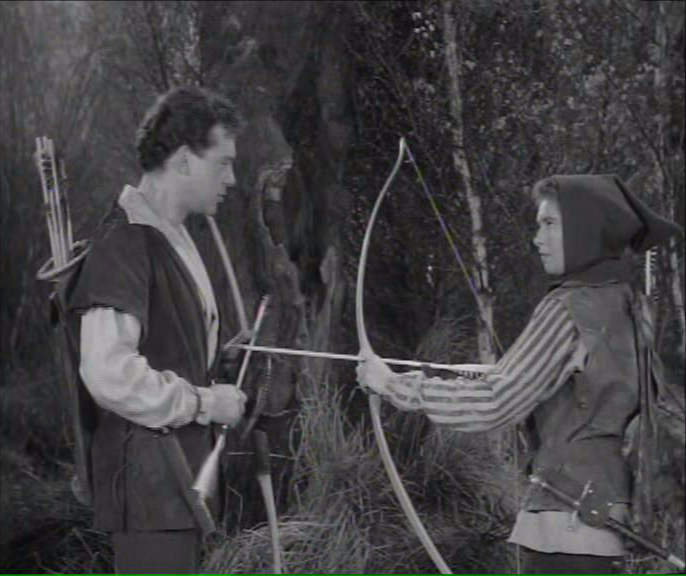
Contact Us